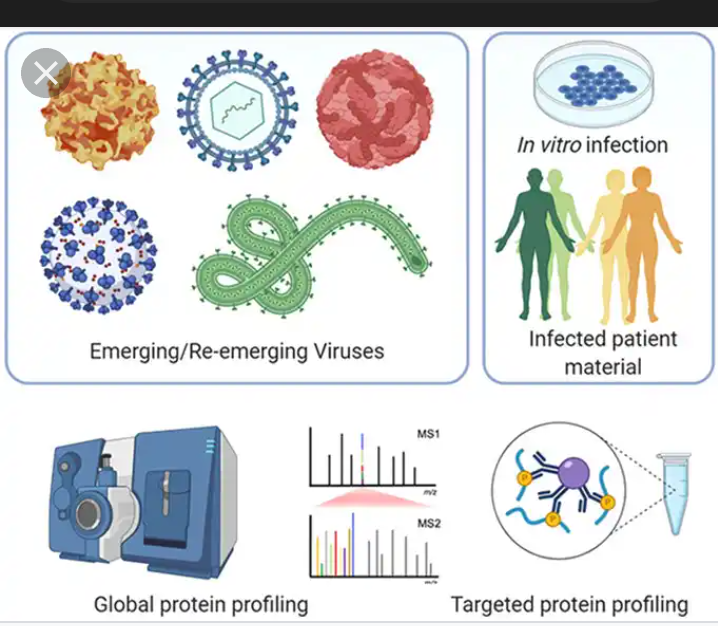In recent years, the emergence of new infectious diseases has posed significant challenges to global health security. From Ebola and Zika to COVID-19, these outbreaks have highlighted the importance of understanding the science behind emerging infectious diseases and implementing effective prevention strategies.
The Science of Emerging Infectious Diseases
Emerging infectious diseases are those that have recently appeared in a population or have existed but are rapidly increasing in incidence or geographic range. They can be caused by a variety of pathogens, including viruses, bacteria, fungi, and parasites. Understanding the factors that contribute to their emergence is crucial for developing strategies to prevent and control them.
Factors Contributing to Emergence
Several factors contribute to the emergence of infectious diseases. These include ecological changes, such as deforestation and urbanization, which can bring humans into closer contact with wildlife and increase the risk of zoonotic spillover events. Globalization and increased travel and trade also play a role, allowing pathogens to spread more easily between countries and continents. Additionally, antimicrobial resistance poses a growing threat, making it more difficult to treat infections effectively.
Prevention Strategies
Preventing the emergence and spread of infectious diseases requires a multi-faceted approach that addresses both biological and social factors. Key prevention strategies include:
Surveillance and Early Detection: Early detection of emerging infectious diseases is essential for preventing outbreaks from spreading. Surveillance systems, both at the local and global levels, can help monitor disease trends and detect unusual patterns of illness.
Vaccination: Vaccines are one of the most effective tools for preventing infectious diseases. By stimulating the immune system to produce antibodies against specific pathogens, vaccines can provide immunity and prevent infection. Developing vaccines for emerging diseases, such as COVID-19, is crucial for controlling outbreaks.
Public Health Measures: Public health measures, such as hand hygiene, respiratory etiquette, and environmental sanitation, can help reduce the spread of infectious diseases. These measures are particularly important during outbreaks and pandemics and can help slow the transmission of the disease.
Vector Control: For diseases transmitted by vectors, such as mosquitoes or ticks, vector control measures can be effective in reducing transmission. This includes measures such as insecticide spraying, mosquito nets, and habitat modification to reduce breeding sites.
Antimicrobial Stewardship: To combat antimicrobial resistance, it is essential to promote responsible antimicrobial use. This includes appropriate prescribing practices, infection prevention and control measures, and the development of new antimicrobial agents.
One Health Approach: Recognizing the interconnectedness of human, animal, and environmental health, a One Health approach is crucial for addressing emerging infectious diseases. By collaborating across disciplines and sectors, we can better understand the complex factors contributing to disease emergence and develop holistic prevention strategies.
Conclusion
Emerging infectious diseases pose a significant threat to global health security, but with a better understanding of the science behind their emergence and the implementation of effective prevention strategies, we can mitigate their impact. By investing in surveillance, vaccination, public health measures, vector control, antimicrobial stewardship, and a One Health approach, we can work towards a world where emerging infectious diseases are no longer a major threat to public health.
